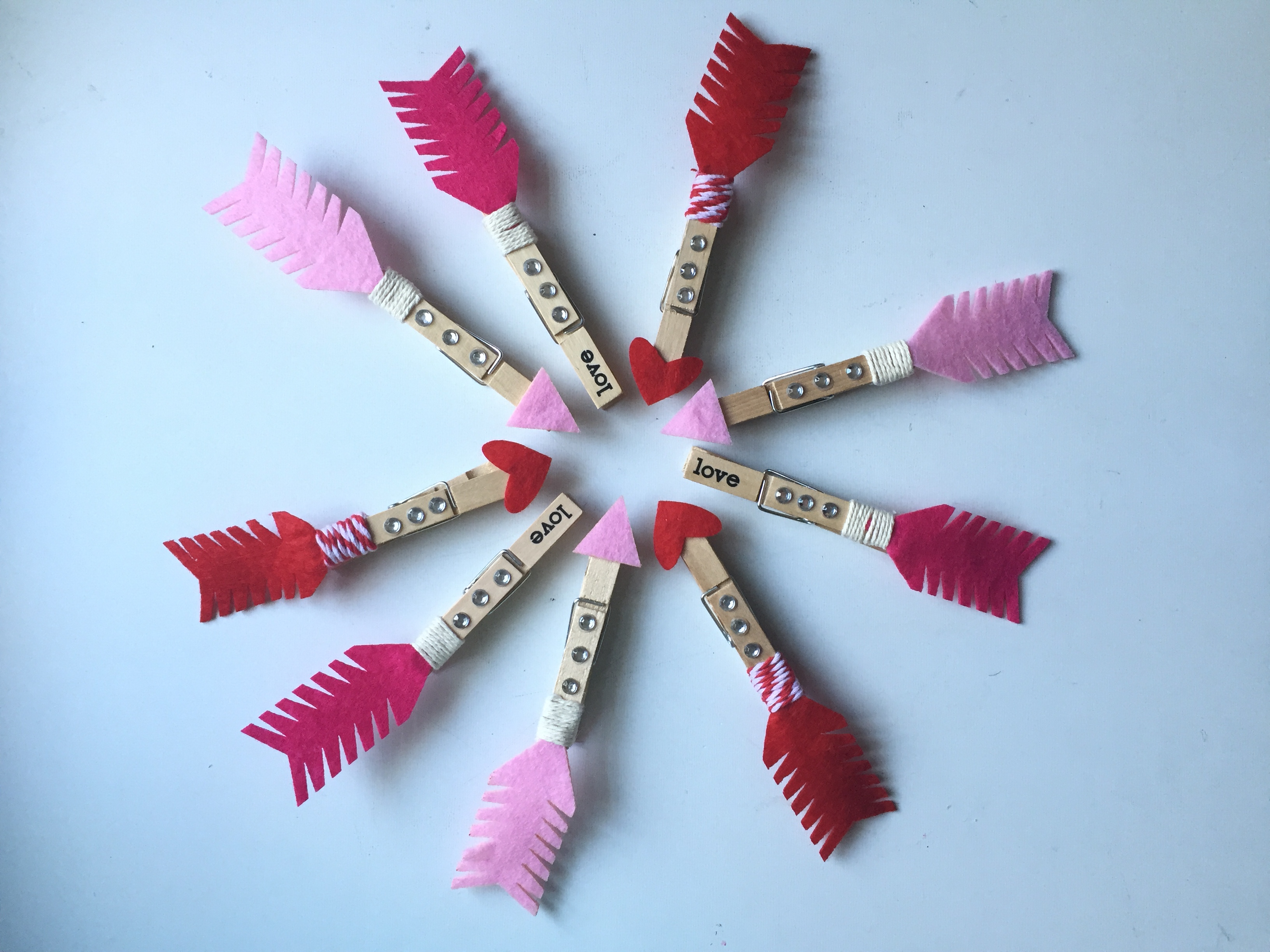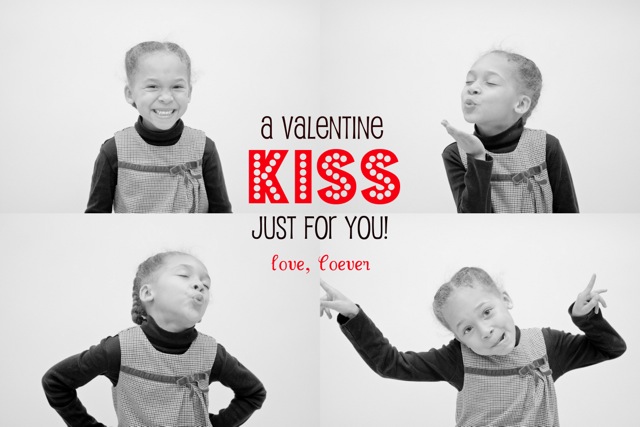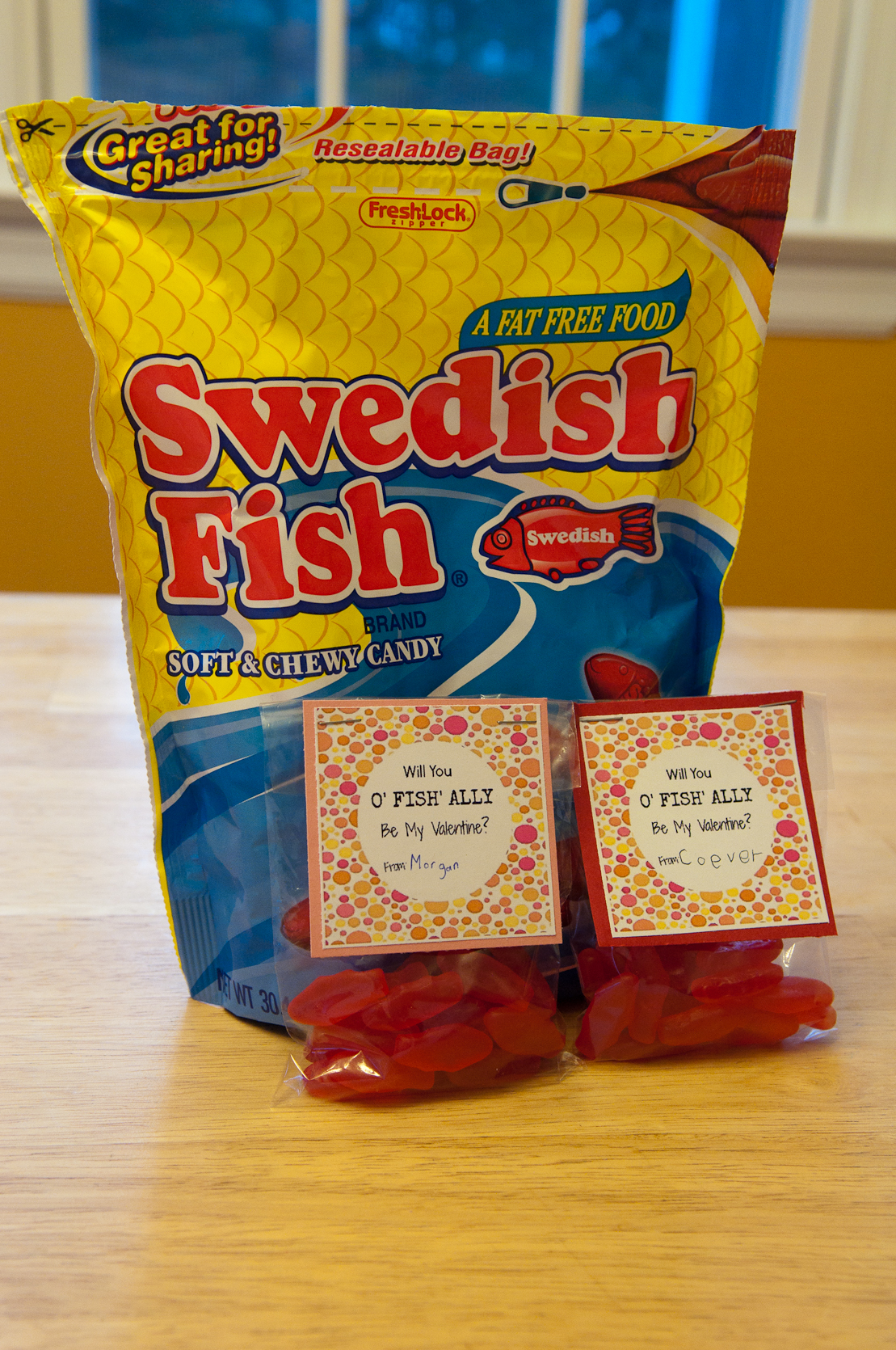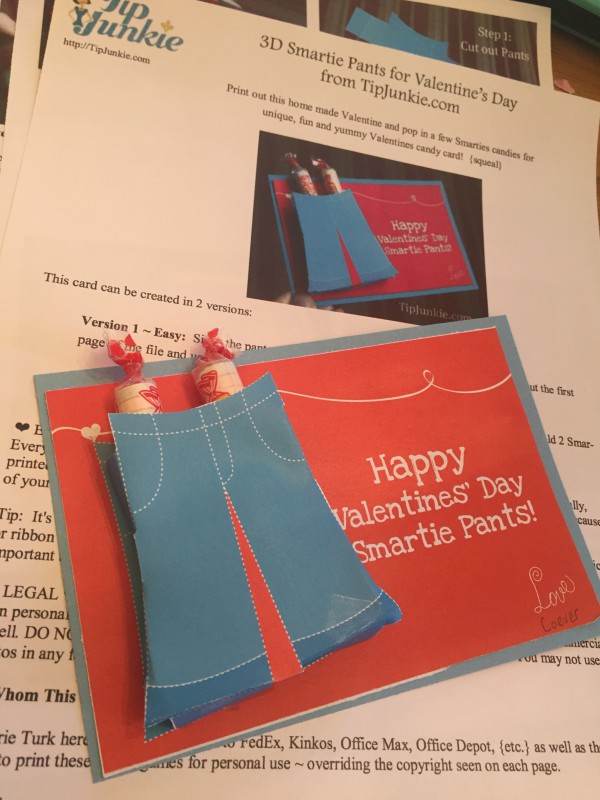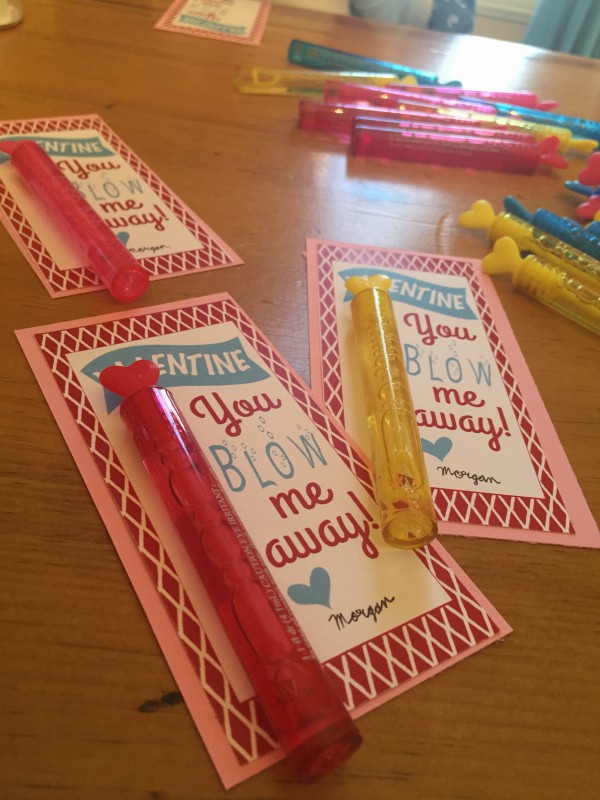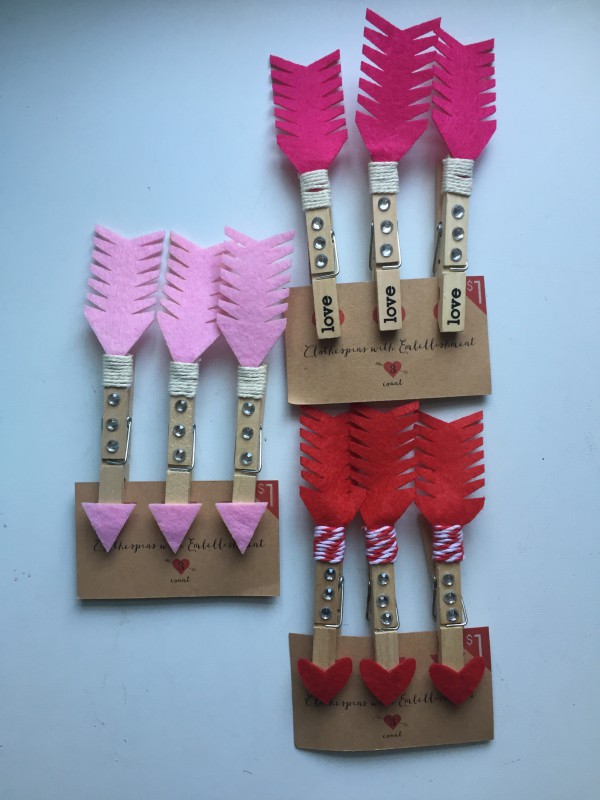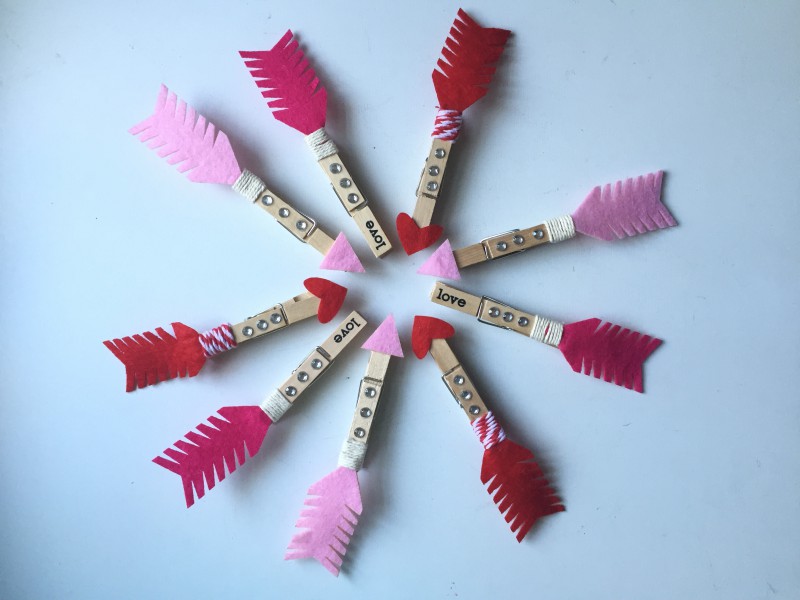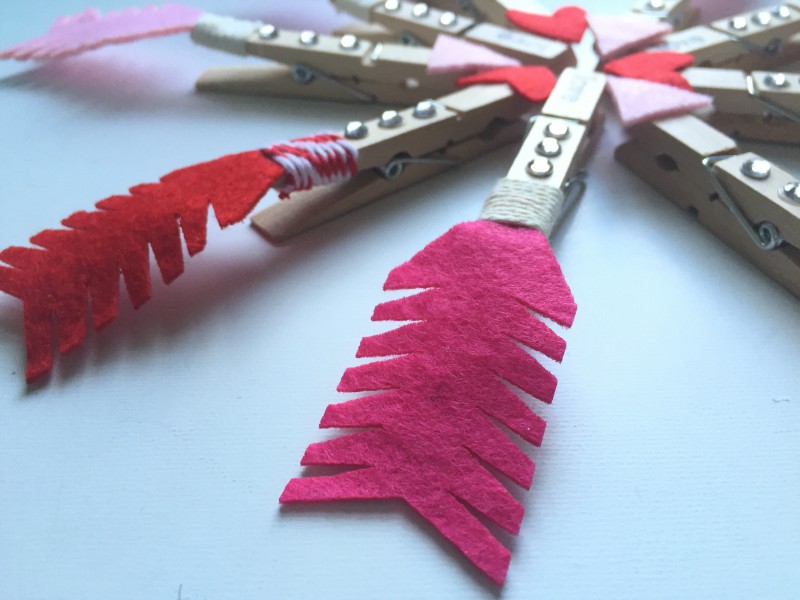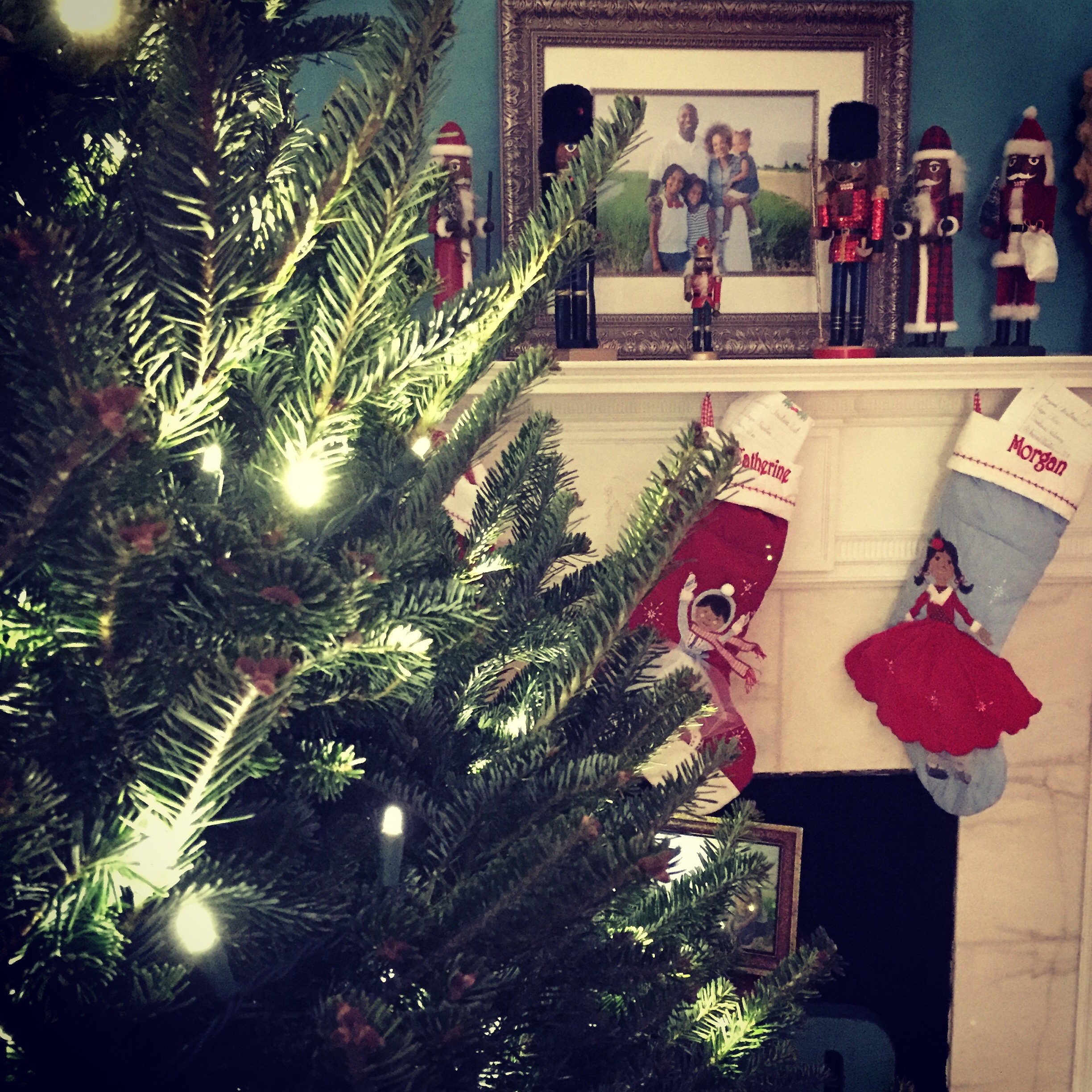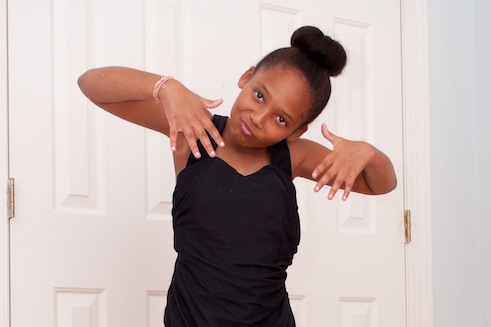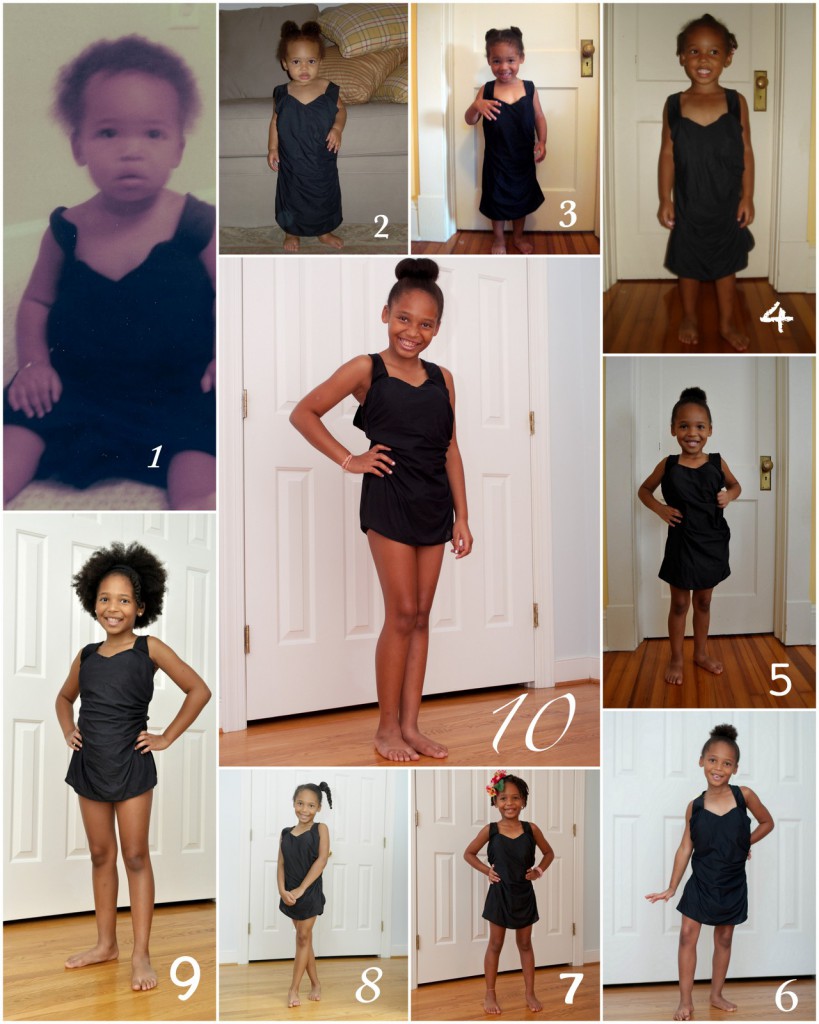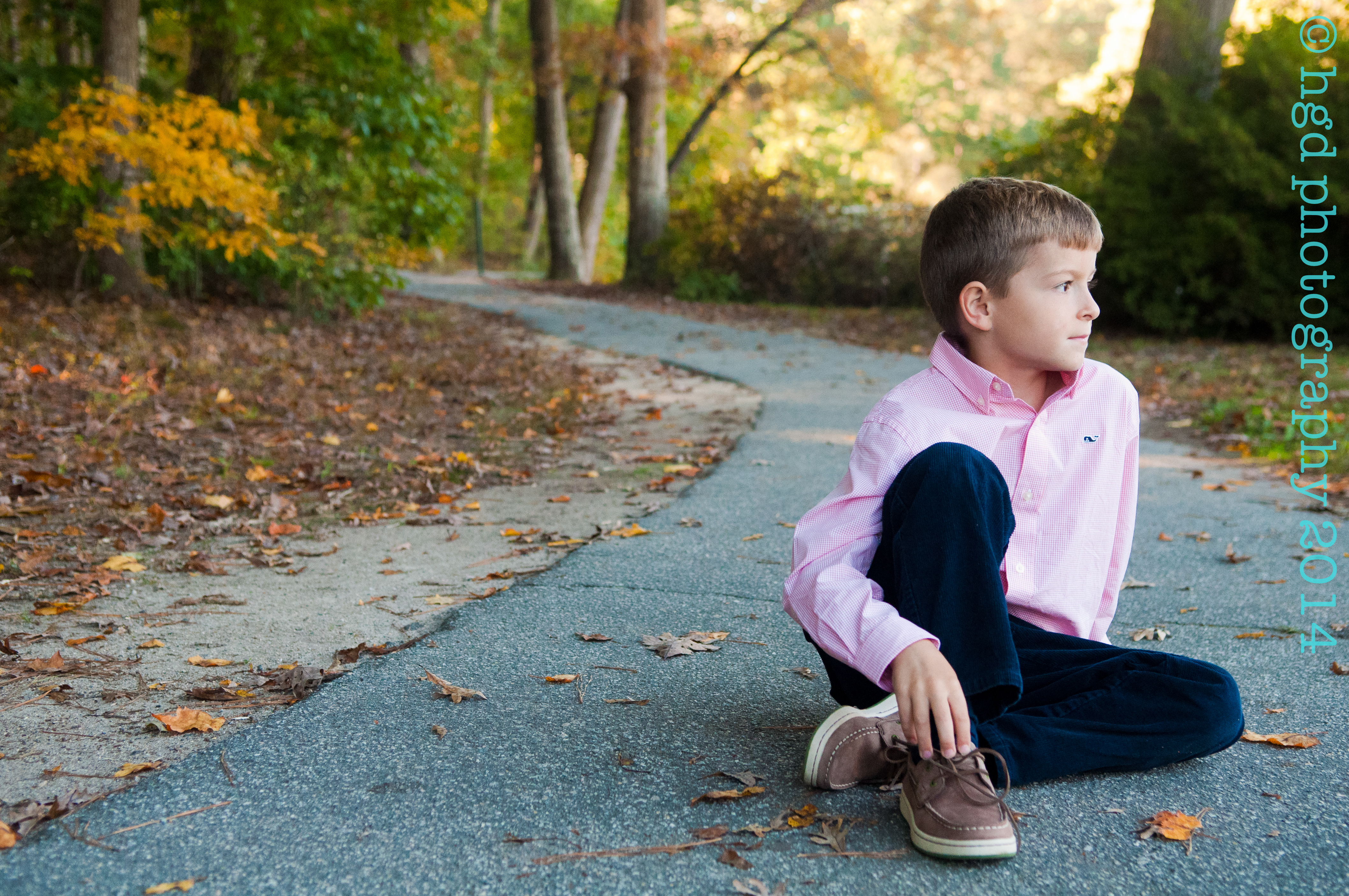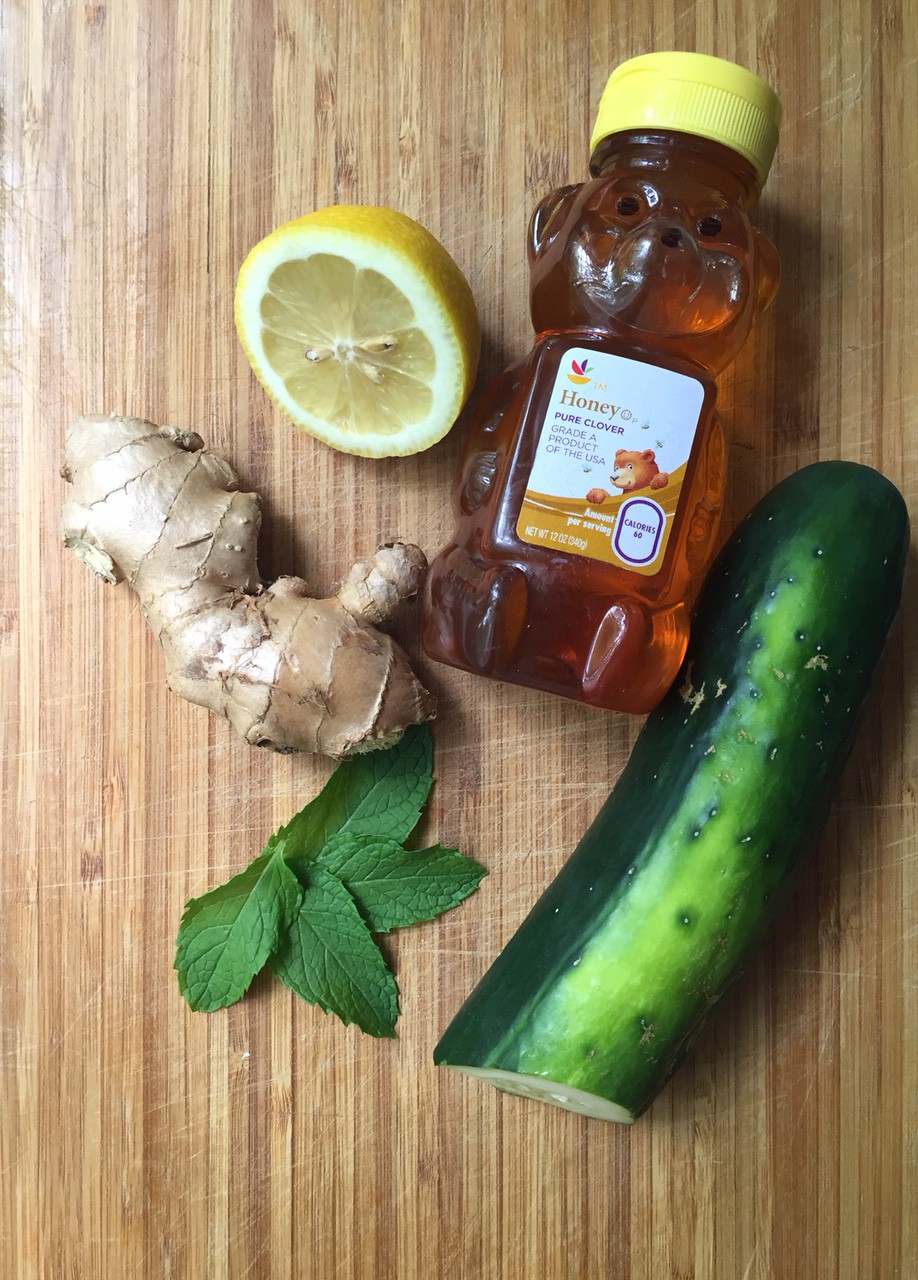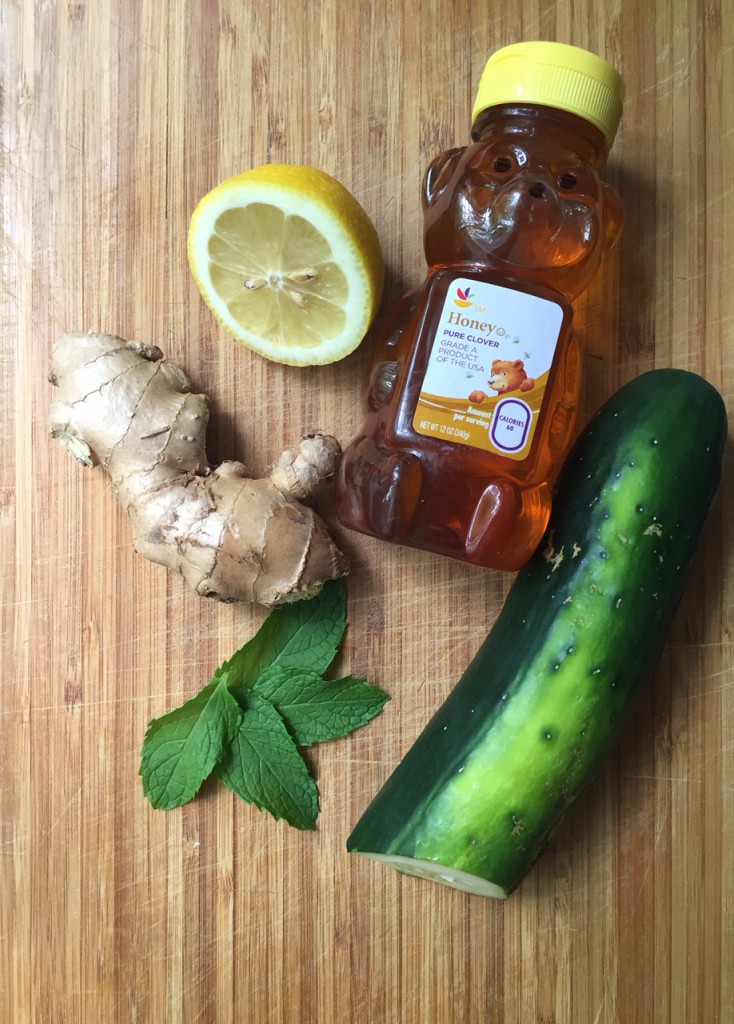I know I’ve been MIA for a while. I got everyone off to camp successfully and then I went into hibernation for the past two weeks. I wish I could say I was in the South of France, visiting vineyards and noshing on butter slathered baguettes. I wasn’t even digging my non-booted toes into the sand down the road in Virginia Beach. I was home. I was doing a whole lot of nothing. I caught up with some friends. I did a little “personal maintenance”. I started back to the gym. I took a nap. I went to the museum. I did what I wanted to do, when I wanted to do it.
Alas, the staycation is over. V came home Friday and hit the ground running. M and C come home this coming Saturday and then we will be starting our final lap of summer vacation. I can’t believe it’s August. I can’t believe that in this month alone, the following things are going to happen:
- M will turn 10 years old
- We will be having a party with a gaggle of other 10 year olds to celebrate.
- School starts in three weeks.
- I will be having a party with a gaggle of other moms to celebrate.
In the meantime, however, I need to return to my photography questions that I had been so diligently working on several weeks ago.
See, I love photography. I love pictures. I love looking at them. I love being in them. I love taking them. The other day, I texted a college friend a snap of a photo from the summer we met ::koff::koff::1993::koff::koff. She wanted to know how much it was gonna take to never let that photo see the light of day again.
These days, however, while I am an avid Intagrammer, I have been neglecting my DSLR. My camera body is pristine from lack of use. My Lightroom is laughably outdated. I need to make a change beyond toting my camera around with me like another member of the family. I need to examine what it is that I love about photography, how I got here and why I want to keep taking pictures. Some introspection was in order.
The photography blog, Click It Up a Notch, has a series of photographer interviews that I read voraciously. The more I read, the more my mind sparked and fired, ideas pinging around faster than I could grab them. If reading about other photographers created such a response, what would happen if I posed those same questions* to myself? Over the next few weeks, we’re going to find out.
*photographer interview questions courtesy of Courtney Slazinik of Click It Up a Notch.
Share Links to 3 of Your Favorite Photography Tutorials and Tell Us Why

Tough question, because there are gobs of great tutorials, tips, tricks and tools out there to help photographers do their best work. These three tutorials have helped me the most on my photography journey.
20 Things I Wish I Knew About Photographing in Manual Mode by Carrie Swails. As I talked about before, shooting in manual was one of the best pieces of advice that I’ve received so far on my photography journey. It’s daunting, I know. There are so many setting on the camera, why not put them to use, right? My approach to manual is more like if I can understand what it is, how it works, how my choices effect the outcome of the photo, then, I can better understand everything else about the other camera settings that I have. If I don’t realize how ISO, aperture and shutter speed — when they come together correctly — create great images, why am I even shooting in the first place? Of all of the tips listed, #11 is the most resonant: Photographing in manual is hard, but it will force you to learn your camera inside and out and you’ll be a better photographer for it. It takes practice so don’t expect everything to come naturally the first time out. Practice, practice, practice, and then go practice some more — in manual.
How to Achieve Nice Bokeh [In Plain English] by Annie Tao. When I first started shooting, I really wanted to master that creamy, blurred background you find in photography. I didn’t know what it was called, let alone how to do it, but I was determined to figure it out. After lots of Internet searching, I learned about bokeh. What’s great about mastering this technique is that it makes your image visually pleasing. Your subject pops out. You can camoflage any less than ideal background noise. This tutorial touches on all of the pieces that make achieving that dreamy background possible: lens choice, aperture choice, and opting to use bokeh in the foreground to show an alternative perspective.
9 Ways to Get Meaningful Expressions in Child Portraits by Elizabeth Halford. This article has been a great resource for me as a portrait photographer. I refer to it often, especially as prepare for a session with kiddos. Working with kids, I’ve seen everything from those who have had their photos taken so often, they have more a rictus grin than a genuine smile, to kids who just flat out refuse to engage. Halford provides a variety of easy tips to help coax the truest smile and the sweetest expressions from any child.
